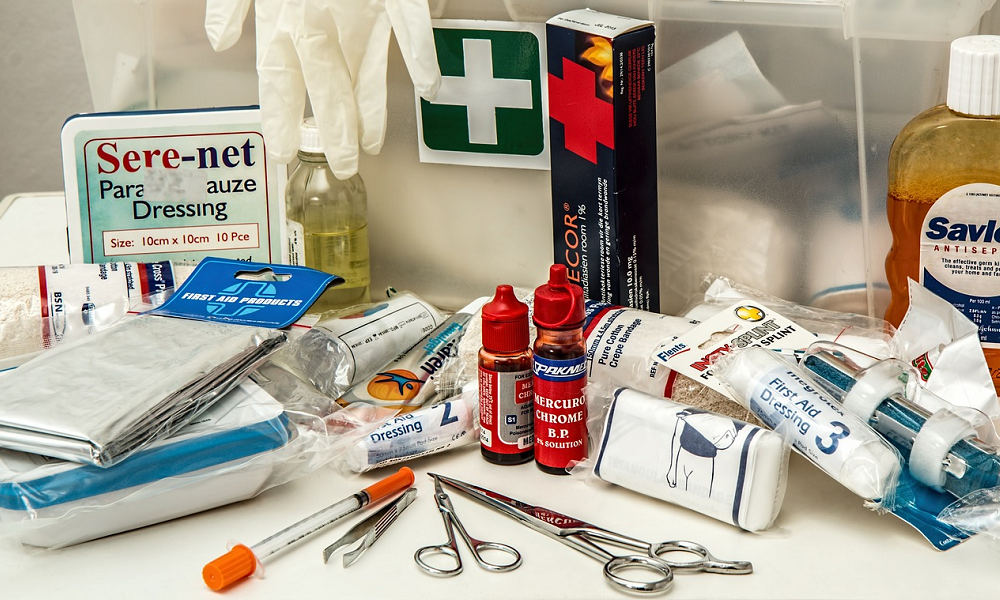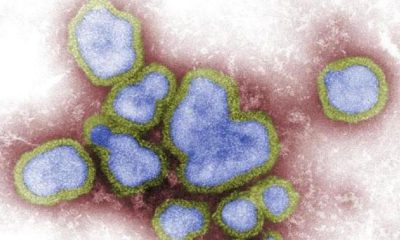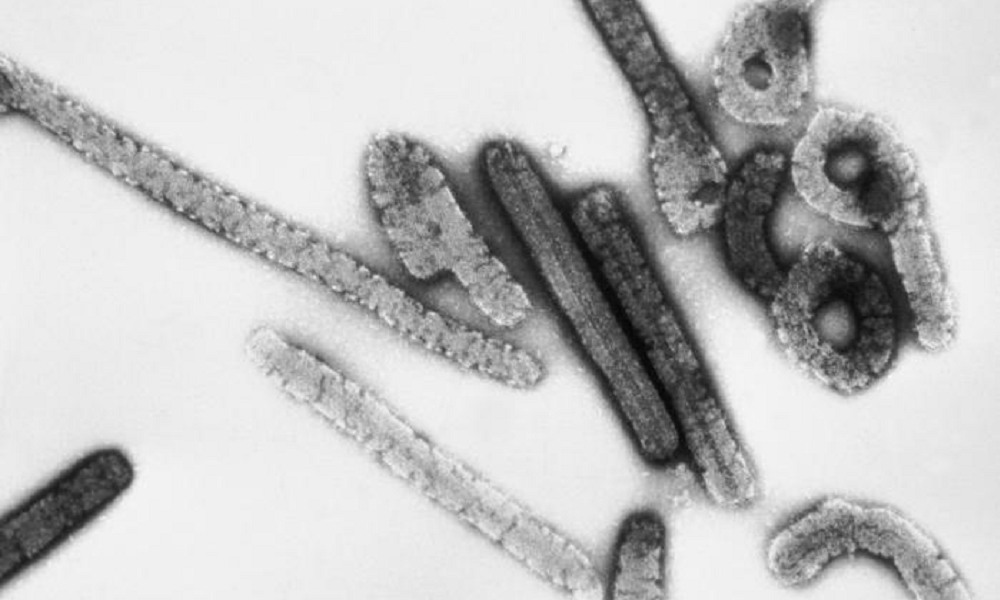Reviews
First Aid for Electrical Injuries: What Every PAT Tester Should Know

Electrical injuries aren’t rare. Especially for those testing plugs and appliances all day. Those responsible for portable appliance testing (colloquially, PAT testing) work close to live currents. That’s risk. And when it goes wrong, it goes wrong fast. Knowing what to do in the moment can make the difference. This guide walks through what every PAT tester needs to know about first aid.
Why Electrical Injuries Are a Serious Risk
Electricity doesn’t warn. It hits fast and hits hard. In PAT testing, a mistake might mean touching a live cable or a faulty plug. Sometimes the current is strong. Sometimes it’s low but still dangerous.
The body reacts fast. Muscles seize. Breathing can stop. The heart may go out of rhythm. Burns happen inside and out. Even low-voltage shocks can cause harm. And it’s not just the person shocked. The one trying to help can also get hurt. So knowing what to do and what not to do matters.
Common Causes of Electrical Injuries
Some PAT testers skip steps. Rushing. Using damaged equipment. Ignoring warning signs. Others get too confident. That’s when problems start. Faulty leads. Loose connections. Wet hands. Metal tools near current. All risky.
In many cases, the issue’s small. A cable split. A plug not earthed right. A machine still switched on. But those small things add up. And just one spark is enough.
Potential Effects on the Human Body
Electricity affects everything. The skin might show burns. Or nothing. But inside, the nerves, heart and lungs could be in trouble. Some people collapse. Some stay standing but confused. Some stop breathing.
The current travels through the body. From hand to foot. From hand to hand. It follows the path with least resistance. That path often crosses the heart. That’s why even a short shock can kill.
Proper Training is Essential to Safety
Some think PAT testing is just ticking boxes. Plug in. Pass. Label. But safety isn’t about stickers. It’s about knowing what can go wrong. And being ready when it does.
A PAT testing course can provide those responsible for PAT testing with the necessary knowledge to do it safely and appropriately. The aim of PAT testing is to prevent electrical injuries. It’s less likely to come down to first aid is PAT testing is done right.
Immediate First Aid Response – What to Do First
First steps matter. React wrong and two people could end up hurt.
Ensure Your Own Safety
Never rush in. Always check for danger first. If the power’s still on, touching the casualty could get the rescuer shocked too. The safest move is to turn off the power source. Unplug. Switch off mains. Use a wooden stick if needed. Never touch with bare hands.
Break Contact with the Electrical Source
If the casualty is still in contact, break it safely. Only after the power is cut. If not possible, use something non-conductive. Wood. Plastic. Dry cloth. Keep hands away from metal.
Check for Breathing and Pulse
Look at their chest. Is it moving? Listen near the nose. Any breath sounds? Check the pulse at the neck. If no signs of life, act fast.
Begin CPR if Necessary
Start compressions. Push hard and fast in the centre of the chest. 100 to 120 compressions a minute. If trained and confident, add rescue breaths. If not, just keep compressing. Do not stop until help arrives or the casualty wakes.
Call Emergency Services
Even if they’re awake, a shock is serious. Ring 999. Tell them what happened. Stay on the line. Follow what they say.
Treat Burns or Injuries
Look for burns. Electrical burns might look small but go deep. Cool the area with water. Don’t use ice. Don’t peel clothes off burned skin. Cover with a clean cloth. Wait for paramedics.
When and Why to Use a Defibrillator
Sometimes the heart stops or goes into the wrong rhythm. That’s where a defibrillator helps. An AED checks the heart and tells what to do. If available, use it. Turn it on. Stick the pads as shown. It will guide the rescuer.
AEDs are simple. Anyone can use them. And in electrical injuries, time counts. Every minute lost lowers the chance of survival.
Common Mistakes to Avoid
Everyone wants to help. But not everyone helps the right way. Some actions make things worse. These are common mistakes that PAT testers and bystanders should avoid.
Touching the Casualty While Power Is Still On
Biggest mistake. Touching someone still connected to electricity is dangerous. It can shock the rescuer too. Always stop the current first. Safety first. Always.
Failing to Call Emergency Services
Some think the shock was minor. The person looks fine. They might say they’re OK. Still, call 999. Electrical injuries can cause delayed effects. The heart, brain or lungs might still be at risk. Don’t guess. Get help.
Using Water on Electrical Burns
Water and electricity don’t mix. Never pour water on a plugged-in device. And never use ice or very cold water on burns. It can damage the skin more. Use cool running water only. Cover lightly with a clean cloth.
Forgetting to Watch the Casualty’s Condition
Even if they’re breathing, don’t leave them alone. People can faint. Breathing can stop later. Always stay close. Watch their skin. Are they pale? Clammy? Is breathing slowing? Tell the emergency operator.
Moving the Casualty Without a Reason
Unless there’s a fire or risk of further harm, don’t move them. Movement can make burns or heart issues worse. Wait for trained help. Keep them calm. Keep them still.
Knowing When to Step Back and Let Trained Help Take Over
Basic first aid is about recognising what needs to be done and understanding when it is safer to wait. Trying to handle too much without proper knowledge can unintentionally make the situation worse. Good judgement, calm thinking and knowing your limits are just as important as any immediate action.
This is where online health and safety courses can make a real difference. These courses teach staff how to respond to emergencies, while also helping people recognise when it is time to stop and wait for trained responders. With the right training, individuals are better prepared to help without putting themselves or others at greater risk.
Wrap-Up: It’s Not Just About the Shock
Electrical injuries aren’t just flashes and sparks. They hit fast. They hit deep. But with the right steps, the worst can be stopped.
PAT testers face real risk. They also hold real responsibility. Knowing what to do is part of the job. Staying calm. Acting fast. Using the right tools. And learning the right way to help.
It doesn’t take long to learn. But it lasts a career. And maybe saves a life.

-

 World1 week ago
World1 week agoEthiopian volcano erupts for first time in thousands of years
-

 Health2 days ago
Health2 days ago8 kittens die of H5N1 bird flu in the Netherlands
-

 Legal7 days ago
Legal7 days agoUtah Amber Alert: Jessika Francisco abducted by sex offender in Ogden
-

 US News6 days ago
US News6 days agoExplosion destroys home in Oakland, Maine; at least 1 injured
-

 Health7 days ago
Health7 days agoMexico’s September human bird flu case confirmed as H5N2
-

 Legal3 days ago
Legal3 days ago15 people shot, 4 killed, at birthday party in Stockton, California
-

 World7 days ago
World7 days agoWoman killed, man seriously injured in shark attack on Australia’s NSW coast
-

 Health6 days ago
Health6 days agoMarburg outbreak in Ethiopia rises to 12 cases and 8 deaths




